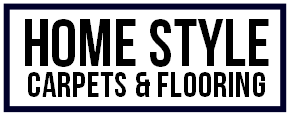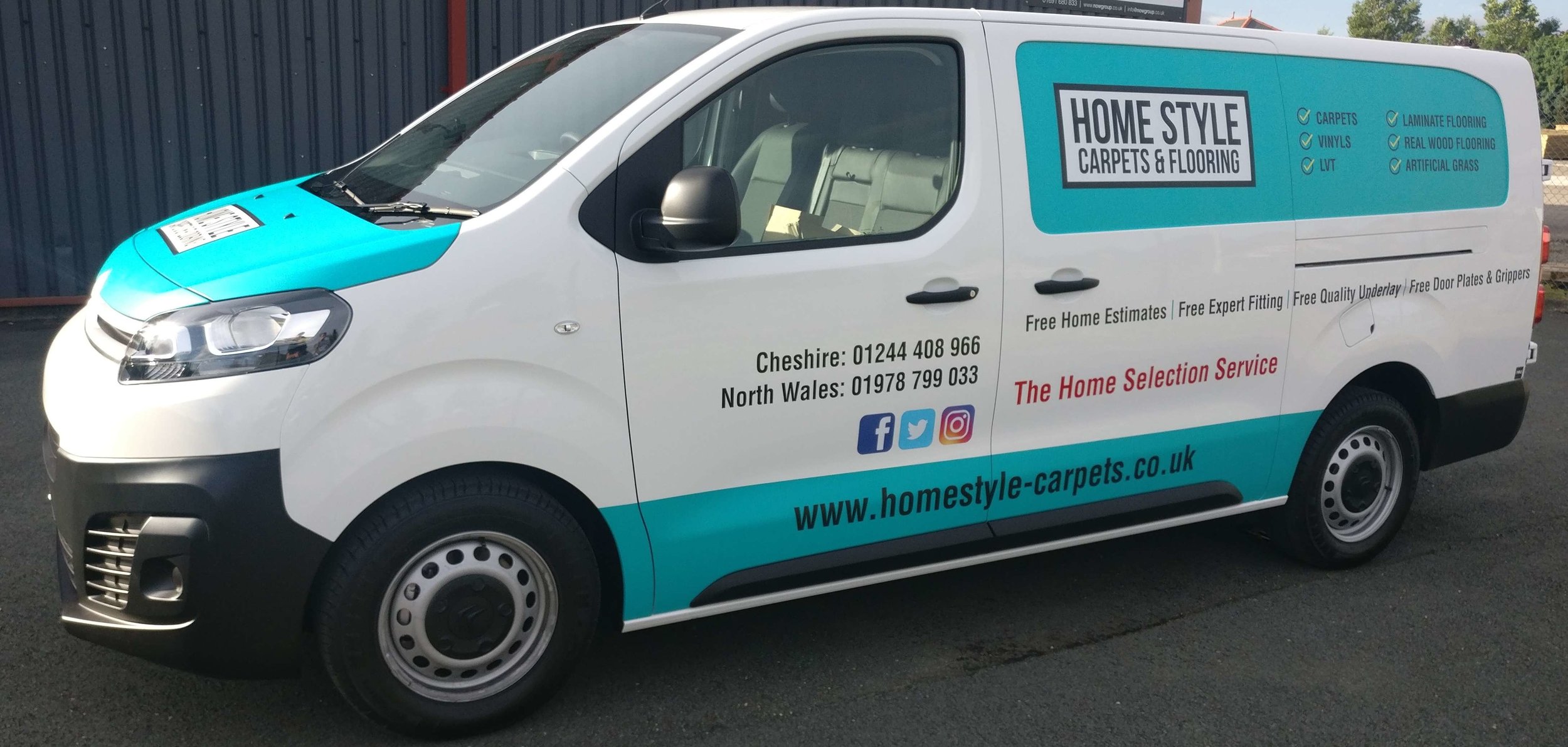How good is artificial grass?
/Artificial grass has improved considerably since it was introduced in the 1960s and is now increasingly popular.
Launched in the 1960s by biotechnology company Monsanto, artificial grass was first known as Astro Turf. Modern artificial grass is considerably better than the original Astro Turf, which was long lasting but hard. Many sportspeople did not like playing on it. Second generation artificial grass was then made to have longer fibres and was padded to protect players from injury.
The third generation of artificial grass was launched in 2011. This looks more real with tufted fibres that resemble natural strands of grass. The previous generations of artificial grass had been used mainly for sports fields, but modern artificial grass, because it looks so realistic, is often used to replace lawns in residential properties.
Architectural Digest promoted the use of artificial grass in drought areas as the grass does not need watering.
In the earlier versions, some concern was expressed about the safety of artificial grass but this is unfounded. A 2018 study at Fukuoka University in Japan concluded that there is no measurable difference in injury risk between artificial and real grass. Recycled rubber is used in the artificial grass infill and over 90 studies and reports by leading universities and government agencies found no link between recycled rubber and health risks.
If you want to install artificial grass in North Wales gardens, schools and sports fields, it is important to buy high quality artificial grass and have it installed by experts. This will ensure it is fitted correctly and will last.

